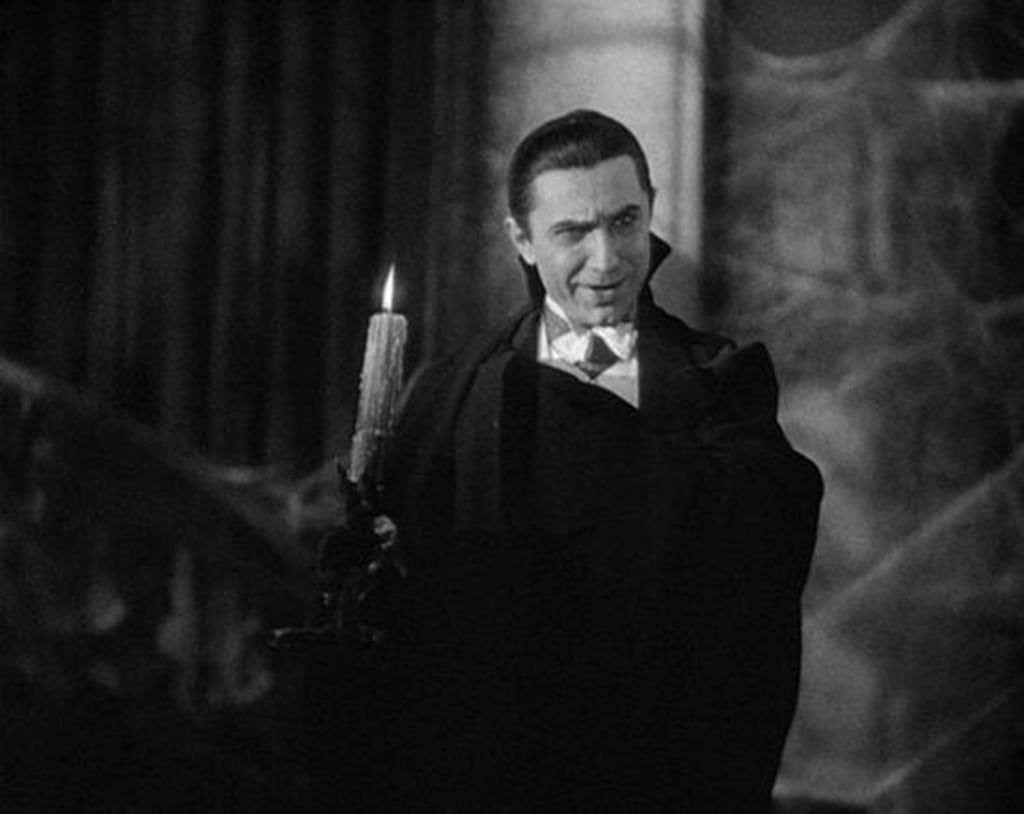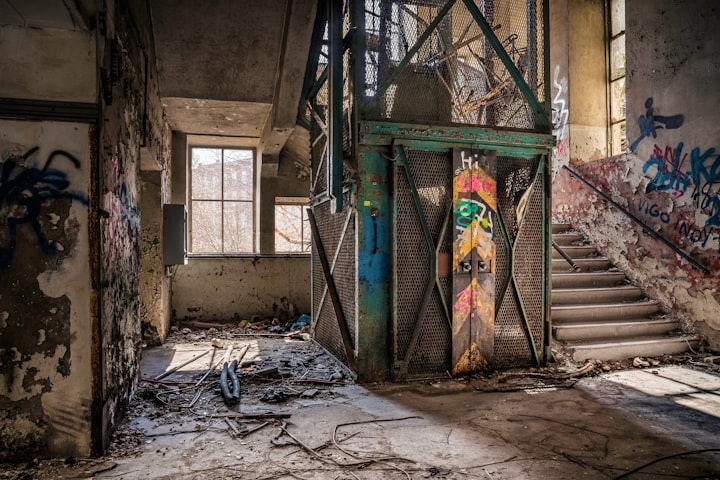Bidding Dracula Welcome
The Count Rises in Hollywood

Though iconic is frequently tossed about in Film, few films truly are as iconic as Tod Browning’s 1931 version of Dracula. Nine years after the Count’s unauthorised screen debut in F.W Murnau’s legendary Nosferatu, Browning’s film established the character as a cultural icon. Consequently, Bela Lugosi’s portrayal became, to quote Angie Errigo, “the one against which all others are measured (1)”.
Unlike Murnau, Universal’s producer, Carl Laemmle Jr, decided to play by the book in bringing Dracula to the screen. This time, there would be no upsetting Mrs Stoker; Laemmle Jr legally acquired the novel’s film rights. Furthermore, as well as the Stoker novel, director Tod Browning also had the successful Broadway stage play as a blueprint, where Lugosi had already been seasoned in the role.
Budgeted at around $355,000, the film surprisingly fell short in its worldwide gross, taking in $84,758. Yet, its legacy is undisputed. Christopher Lee, Louis Jordan, Klaus Kinski; Frank Langella, Gary Oldman; all the great Draculas hark back to Lugosi. Roger Ebert was clear about the legacy:
“Lugosi, with his deep eyes (made eerie by Freund with pinpoint lights) and his glossy black hair, created one of the most influential of all movie performances, making a distinctive impression that influenced movie Draculas for years to come — especially Hammer Films star Christopher Lee, who played the character at least seven times”. (2)
Interestingly, Lee was less than enthused, when he did get round to seeing Lugosi in the role, one which he would later redefine himself.
“I was so disappointed. I absolutely had been wanting to see it for a long, long time. There are aspects of it, for instance, that I considered ridiculous. Dracula is played too nice at the beginning. Practically no menace in the character…There is no shock or fright in it. Lugosi’s hands too…He held them out stiffly…making him look like a puppet. His smile was not always sinister either”. (3)
Today, with the film approaching its 90th anniversary, the Lugosi Dracula is a peculiar mixture of bad and good. Its bizarre, abrupt ending aside, the film’s noted staginess (largely the result of its stage play roots) is more than evident, as well is its limitations as an early “talkie” (large, bulky sound recording had to be kept close to a camera no longer free to move about the set). However, the technical restrictions were not only limited to the new demands of the sound era. Dracula’s many transformations, and even his death, take place off-screen whilst, for something regarded as the classic vampire film, there is an ironic absence of blood and fangs. Admittedly, the film is even laughable in parts.

On the other hand, there are also moments of brilliance in Browning’s Dracula. The film’s first-act in Transylvania is almost legendary. Cinematographer Karl Freund’s imposing shots of Dwight Frye’s arrival at Dracula’s castle are spookily spellbinding. When Lugosi delivers his totemic “I am, Dracula” introduction to Frye, it is a defining screen moment; one really does get the impression that here is an actor born to play this part. Fyre himself is equally effective; his grimacing, crazed Renfield is hauntingly unsettling. Curiously, the limitations with sound technology in fact help to lend the film’s its famous atmosphere (although composer Phillip Glass later provided a score in 1998). At times, Browning’s reported unease with sound films is apparent and the direction is admittedly creaky. At others, the more visceral director creeps in with some striking moments; the figure of Dracula posed in sillohuette at Mina’s window and, perhaps most notably, the image of the entranced Mina smothered by darkness as she is enveloped by Dracula’s cape.
Garrett Fort’s script even offers its own share of quotables, independent of Stoker:
“I never drink … wine”.
"For one who has not lived even a single lifetime, you are a wise man, Van Helsing”.
Yet, perhaps watching the film today, Fort’s most telling line is eerilly prophetic.
“There are far worse things awaiting man, than death”.
With history’s most devastating conflict eight years away, and unimaginable horrors on the horizon, even Count Dracula was right about the impending descent into darkness awaiting mankind.
References
1. Angie Errigo (1 Jan 2000) Available at: https://www.empireonline.com/movies/reviews/dracula-2-review/
2. Roger Ebert (19 September 1999) Available at: https://www.rogerebert.com/reviews/great-movie-dracula-1931
3. Gary Don Rhodes (2006): Lugosi: His Life in Films, on Stage, and in the Hearts of Horror Lovers, p.305
About the Creator
Lawrence Bennie
History teacher & Theatre tour guide. Interested in Arts & Culture, Film, History, Psychology, and the odd mystery!






Comments
There are no comments for this story
Be the first to respond and start the conversation.